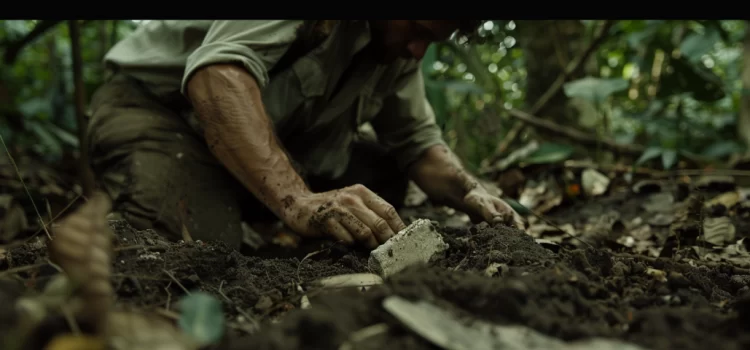Are you struggling to set effective goals for your business? How can you plan for better results? Focusing on desired outcomes can enhance goal-setting and business success. Josh Seiden’s Outcomes Over Output can help you get your business on the right track with outcome-driven planning. Keep reading to discover strategies for implementing outcome-based planning and achieving better results.
How Outcome-Based Planning Guarantees Great Results










